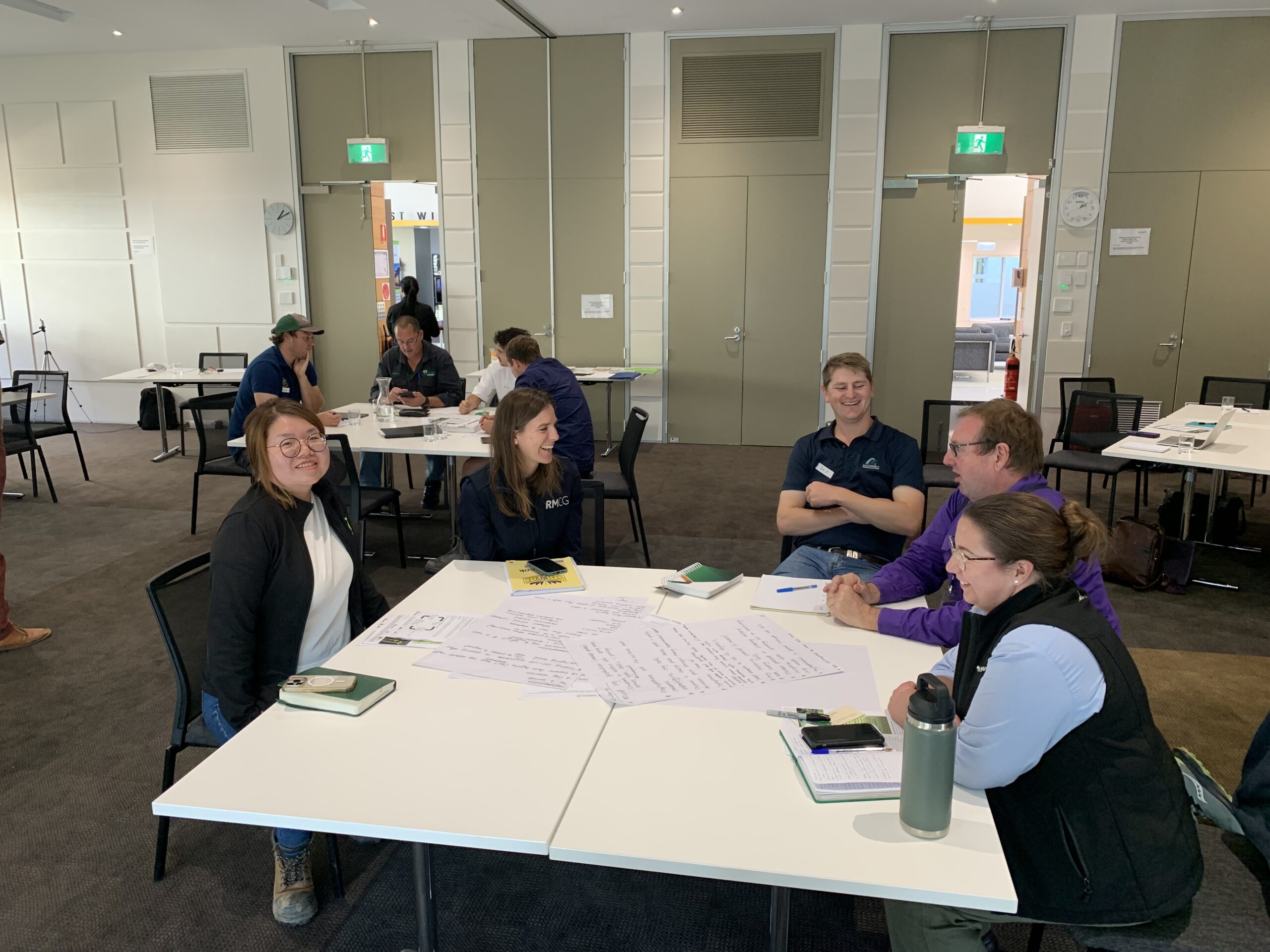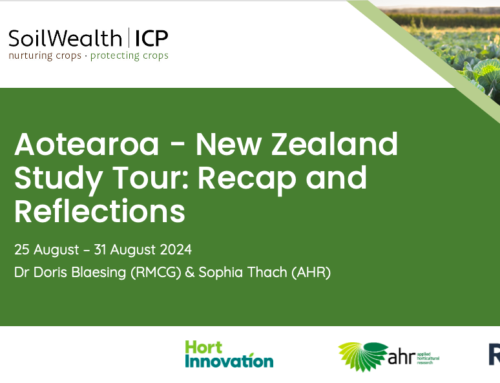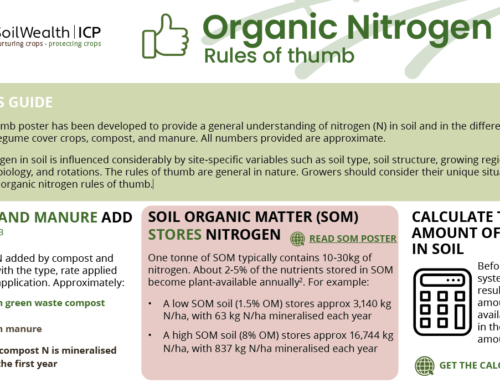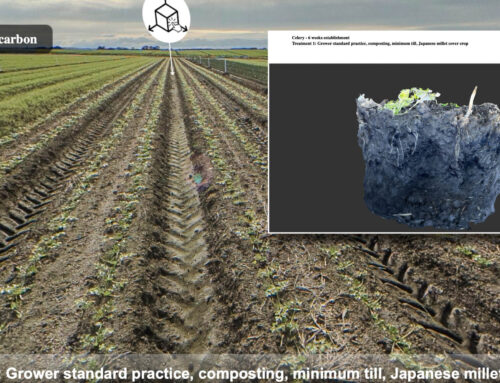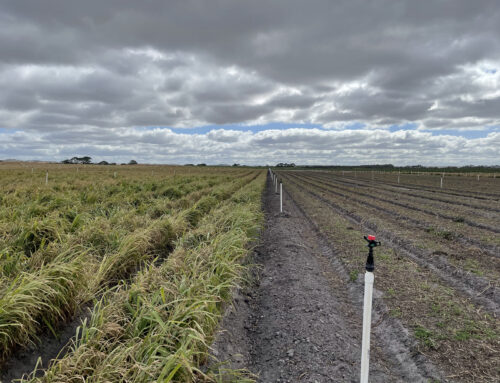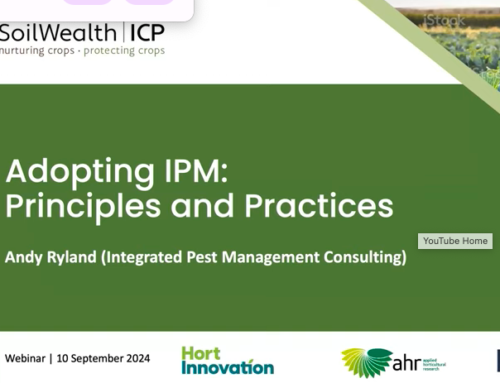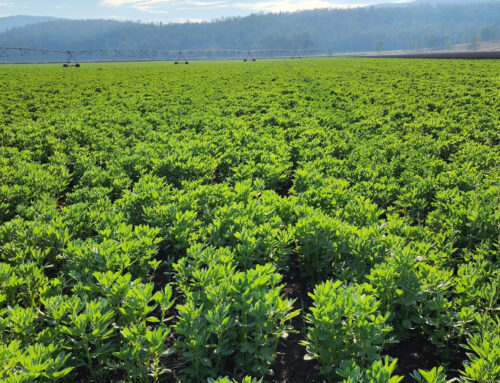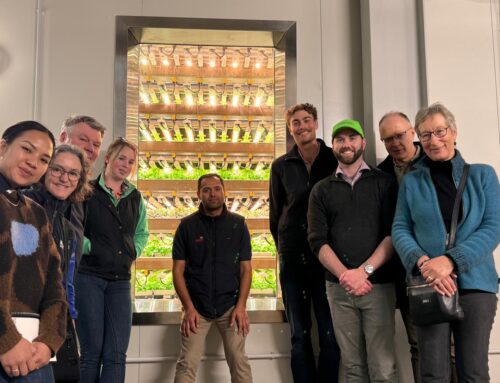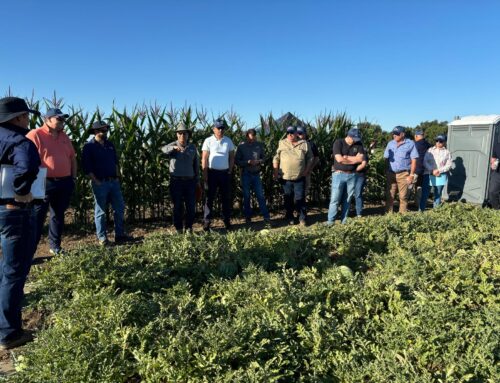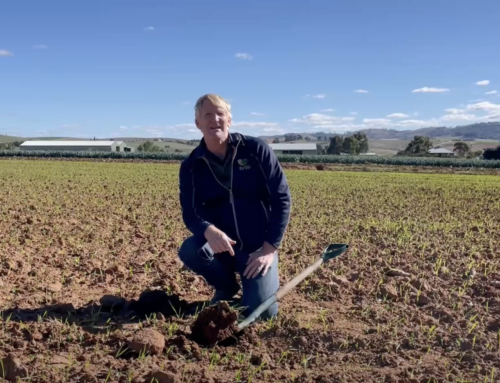The two-day Soil Wealth ICP Soil-Borne Disease Masterclass was held in Adelaide from May 8-9 with a targeted focus on vegetable and onion growers, advisors and industry members.
The masterclass was delivered by a team of plant pathologists, nematologists, soil scientists and extension specialists and involved practical learning sessions aimed at problem solving, as well as facilitated grower-to-grower discussions. Field demonstrations and site visits allowed participants to experience and discuss management solutions for soil-borne diseases firsthand.
Importantly, the masterclass offered an opportunity to:
- Build networks
- Inform better management practices to improve soil health and reduce soil-borne diseases to improve marketable yield
- Increase and share knowledge.

Kelvin Montagu opening the Soil-Borne Disease Masterclass in South Australia.
Delving into soil-borne disease discussions
A wide range of topics relating to soil-borne diseases were discussed during the two-day event. Day 1 of the masterclass covered:
- Managing soilborne disease pathogens including pythium, phytophthora, fusarium and verticillium, with an emphasis on adopting preventative control strategies. The presentation by plant pathologist Len Tesoriero discussed pathogen life cycles and modes of action for various biopesticides, when to apply them and how to disrupt the pathogen’s life cycle. Biological controls were also presented for general and specific suppression. The concept of “Rhizosphere competence” was also shared to explain the microorganisms’ ability to colonise and compete with the plant.
- Plant parasitic nematodes and free-living nematodes, their classification, life cycle and feeding habit were explained by nematologist Katherine Linsell from SARDI.
- The concept of integrated control including biological, cultural and chemical strategies was introduced by Soil Wealth ICP team member Doris Blaesing.
- Soil-borne disease diagnostics and a comparison between traditional and molecular testing methods were explained by plant pathologist Michael Rettke from SARDI. He discussed predictive decisions to avoid risk and investigative measures involving identification and isolation of the pathogen to inform future on-farm decisions and management options. Pre-plant soil DNA testing was also explained to assess disease incidence; this is currently a commercial service for potatoes and is being developed for other horticultural crops.
- Cover crops for managing soil-borne diseases in vegetable production was presented by Soil Wealth ICP team member Kelvin Montagu. Kelvin’s presentation covered biofumigant cover crops and their glucosinolate activity to suppress and/or kill the pathogen. Several examples of cover crops were given for their different purposes including trap crops, weed crops and non-host break crops to encourage beneficial soil biology.
Day 2 of the masterclass covered:
- Nutrient management and how it affects disease susceptibility for crops. Len returned to discuss the main vegetable soil-borne diseases including bacterial soft rot caused by botrytis, sclerotinia, rhizoctonia, fusarium, verticillium, club root and root lesion nematodes and how nitrogen either favours or suppresses the disease. Calcium was explained as being an important nutrient for disease prevention and reducing disease severity.
- Current chemical control options for vegetable soil-borne diseases, prioritised by the Strategic Agrichemical Review Process (SARP), was presented by Soil Wealth ICP team member Camilla Humphries. Camilla explained fungicide resistance and how to manage it, such as avoiding reliance on one management strategy or overuse of the same chemical mode of action group. Camilla referred to a number of emerging biopesticide and biostimulant product options which have been applied in nursery and field trials and emphasised the importance of timing and crop health benefits to help suppress soil-borne diseases.
- The final session was a group activity where each group developed a management plan for a particular crop and disease. Each group presented their management plan to the wider cohort for further discussion and learnings.
A working group presenting their integrated disease management strategy.
Site visit: Insights from Thorndon Park Produce
Participants made the most of an opportunity to visit Thorndon Park Produce, owned and managed by the De Ieso Family who grow bunchline vegetables including spring onions, radish, parsley, spinach, silverbeet, beetroot and kale which is supplied to the South Australian Produce Market. The farm has previously hosted a Soil Wealth ICP demonstration site which focused on integrated management strategies.
Thorndon Park Produce has incorporated a range of strategies to improve the farm’s soil and productivity including a compost trial to address a salinity problem. They have employed integrated management practices to improve soil structure and nutrient use efficiency including deep ripping, crop rotations with cash crops treated as ‘cover crops’ – such as kale as a biofumigant crop – applying biological products containing streptomycetes to reduce disease and improve soil structure as well as ameliorating the soil with calcium cyanamide to increase nitrogen content, soil structure, reduce weeds and improve soil health.
Grower benefits
At the end of the masterclass participants noted an increased awareness of the importance of monitoring diseases and collecting data. The participants particularly liked sharing ideas and working in a group environment.
In particular, the group valued the information on how nutrition can have a significant effect on disease, and many enthusiastic young agronomists were keen to explore how to target the content to more younger growers in short and sharp interactive sessions.

Anthony De Ieso of Thorndon Park Produce talking to the group.

